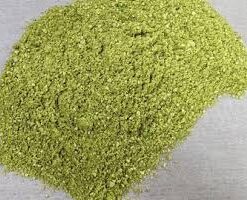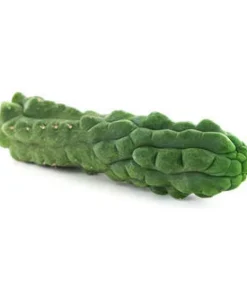Bolivian Torch (Echinopsis lageniformis)
$11.00 Original price was: $11.00.$10.00Current price is: $10.00.
Buy Peyote Cactus Bolivian Torch (Echinopsis lageniformis): Formerly known as ‘Trichocereus bridgesii’
Lesser known, light green, and rapidly developing, the Peyote Cactus Bolivian Torch Cactus (Echinopsis lageniformis) is a columnar mescaline cactus. It is indigenous to Bolivia, namely the La Paz region, where it has been utilised for generations by local shamans. Each of the 4–8 ribs that make up this cactus’s basic structure can reach an amazing height of 2–5 meters. The mature plant has spotted nodes with a node margin of 2.5–3 cm and up to four spines that can reach lengths of 6-7 cm. This cactus is known by its original Bolivian name, Achuma or Wachuma.
Growing a Bolivian Torch Peyote Cactus
We only supply cuttings from robust, healthy cacti to ensure you receive the best possible cuttings. These cuttings make it simple to create your own Bolivian torch: all you have to do is plant them in a specialised cactus soil, and they will come back stronger than before, developing a new, robust root system. Cacti’s nutritional requirements differ greatly from those of a Ficus, for example, therefore regular houseplant soil is not appropriate for them.
Be careful while watering your cactus: remember that it is a desert plant and what it dislikes is to get a true shower. Allowing it to absorb only what it needs is the ideal method of watering it. Planting the clipping in a container with a perforated bottom makes this task simple. After setting this pot on a shallow tray, add water to the tray. The peyote cactus roots will try to reach the liquid that the dry soil will accept—just enough water to make it wet. Watering the cactus once a week in the autumn and spring is plenty. Water it once every two to three weeks in the winter, but three times a week in the summer.
For the first four weeks, place your cutting in a shaded area to give the cactus time to establish new roots and adapt to its new surroundings. It is not required to water the cutting for the first 2-3 weeks.
Exploring theTorch (Echinopsis lageniformis)—Peyote Cactus Near Me
Exploring the Torch (Echinopsis lageniformis), commonly known as the Peyote cactus, reveals a fascinating intersection of botany, culture, and psychoactive properties. This small, spineless cactus is native to the southwestern United States and northern Mexico, thriving in arid environments where it can often be found in clusters.
- Physical Characteristics: Echinopsis lageniformis typically features a globular shape with a smooth, greenish-blue surface. Unlike many cacti, it lacks spines, making it visually distinct. The plant can grow solitary or in groups, reaching up to 10 centimeters in diameter. Its flowers are striking, blooming sporadically with vibrant pink hues that attract pollinators during the warmer months.
-
Cultural Significance: Peyote has been used for over 5,500 years by various indigenous peoples for its psychoactive effects, primarily due to the presence of mescaline. This alkaloid induces altered states of consciousness, which have been integral to spiritual and healing ceremonies. The cactus is often consumed in various forms—dried buttons can be chewed or brewed into a tea, leading to profound introspective experiences and vivid visual effects.
-
Conservation Status: Despite its cultural importance, Echinopsis lageniformis faces significant threats from overharvesting and habitat loss. It is classified as endangered in many areas due to these pressures. Conservation efforts are critical to ensure that this unique species continues to thrive in its natural habitat.
-
Cultivation Tips: For those interested in cultivating Peyote, it is essential to provide conditions that mimic its natural environment: well-draining soil, partial shade, and minimal watering. Given its slow growth rate—often taking up to a decade to mature—patience is key for enthusiasts aiming to grow this remarkable cactus.
3 reviews for Bolivian Torch (Echinopsis lageniformis)
Add a review Cancel reply
Related products
Mescaline Cactus
Mescaline Cactus
Mescaline Cactus
Mescaline Cactus
Mescaline Cactus
Mescaline Cactus
Mescaline Cactus
Mescaline Cactus





















sprunkiy –
🎨 Creative canvas! Sprunki Game illustrates innovative journeys.
spunky –
Content flows musically! Ride Colorbox Mustard‘s quirky audio currents!
sprunkisong –
Groundbreaking analysis! What makes Sprunki Game exceptional is its dual focus on immediate creative satisfaction and long-term musical skill development.